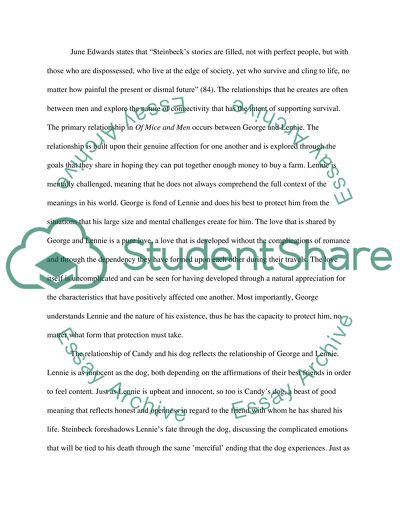Cite this document
(“Steinbecks of Mice and Men: The Theme of Love Research Paper”, n.d.)
Retrieved from https://studentshare.org/literature/1416178-steinbecks-of-mice-and-men-the-theme-of-love
Retrieved from https://studentshare.org/literature/1416178-steinbecks-of-mice-and-men-the-theme-of-love
(Steinbecks of Mice and Men: The Theme of Love Research Paper)
https://studentshare.org/literature/1416178-steinbecks-of-mice-and-men-the-theme-of-love.
https://studentshare.org/literature/1416178-steinbecks-of-mice-and-men-the-theme-of-love.
“Steinbecks of Mice and Men: The Theme of Love Research Paper”, n.d. https://studentshare.org/literature/1416178-steinbecks-of-mice-and-men-the-theme-of-love.


